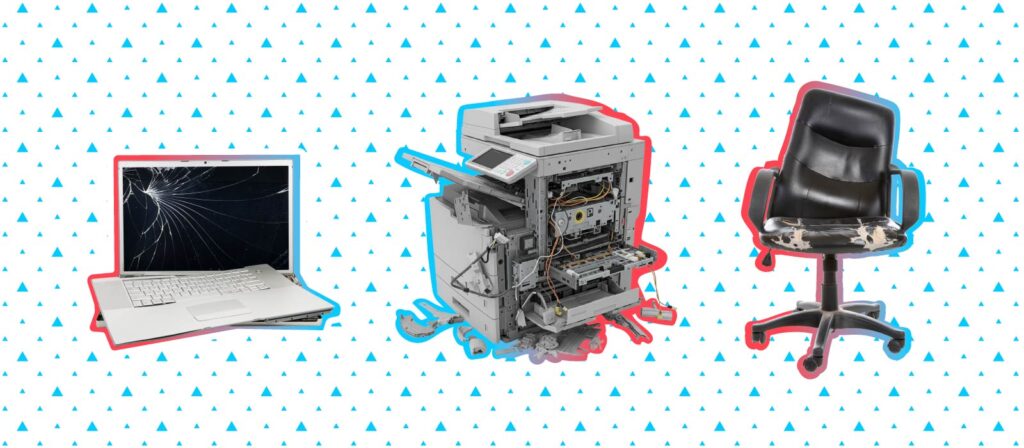Facilities management is a relatively young field that’s dated back only to the mid ‘70s. In spite of its short history, however, FM has become a critical part of the corporate climate. As it continues to evolve, the field will face some big challenges along the way. What are they?
1. Finding Young Talent
Though facilities management is an important part of any corporation, it’s certainly not the most high-profile career, and FacilitiesNet claims it does not attract the same influx of graduates like other fields do. Furthermore, facilities management “is a historically static structure in the field that [has] created few entrance points for newcomers.” What this means, however, is that eventually, older FM professionals will need to close the generational gap by getting younger workers to take their place. While some universities are offering degrees in facilities management, IFMA says that FM needs to increase its visibility through greater “branding and outreach.”
2. Making What-If Scenarios

Handling changes with grace has always been part of the FM job description. But Jim Ware, the Executive Director of Future of Work, says that FMs shouldn’t just handle change—they should anticipate it.
What is scenario planning? Scenario planning is planning for a potential situation, including office layout. In facilities management, the facilities, HR, and IT teams perform scenario planning, sometimes known as office space planning, to meet and discuss what the workplace will look like in three to five years.
He encourages facilities to spend time on “scenario planning,” where facilities, HR, and IT meet and discuss what the workplace will look like in three to five years. Ware encourages FMs to “…develop plans for a workplace laboratory where you (and those employees) can experiment with new layouts, new technologies, and new ways of working.”
3. Promoting the Field
Educating the public is a good step toward attracting more talent to the field. But FMs should also aim for better “branding and outreach” for another reason: to gain their co-workers’ respect and recognition for their unique contributions to the company. According to the IFMA report, a good way to do this one is to actively promote how facilities supports the company’s mission and values. So if the company is a champion of sustainable business practices, for example, an FM could call attention to how purchasing a new generator drove down energy costs by 15 percent, or how replacing old machinery parts increased productivity by 10 percent.
4. Connecting With the C-Suite
To improve company performance, FMs will need to know the best way to connect with C-level executives. For FMLink’s Robert T. Osgood, Jr. the key to doing so is focusing heavily on the “people” aspect of what he calls the “people-technology-place interface.” FMs are responsible for taking all three of these things into account, but you cannot focus on technology or a workspace without first understanding their effects on the people who work there. Focus on the people, and you’ll have the C-suite’s attention.
5. Adapting to a Flexible Workforce
As the workplace changes, FMs will have to be flexible to respond accordingly. Working from home, hoteling, and hotdesking have all presented unique challenges for facilities over the past few years. As these work options become more even common and decentralize the workplace, FMs will have to brainstorm ways to keep workers productive and the company well-organized. But these are exactly the kinds of challenges FMs relish, aren’t they?
Photo: Rawpixel, Rawpixel




